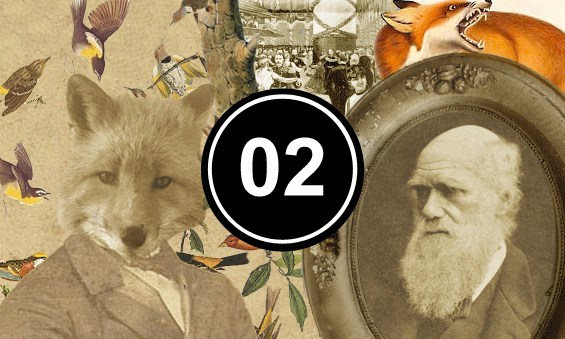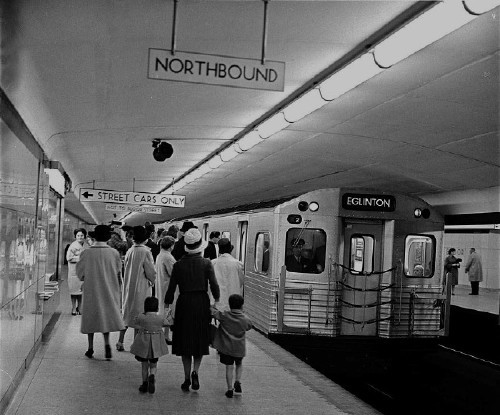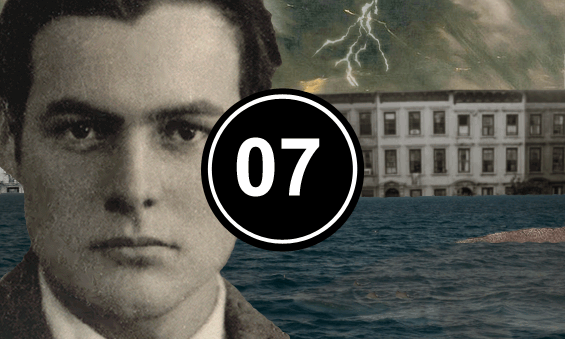Black bears, painted by James Audobon
Last week, in an incredible children's book about the history of Toronto called The Toronto Story (which I'll now be stealing all sorts of great stuff from), I found a brief mention of the fact that Bay Street was originally known as Bear Street... because of all the bears. A quick Googling confirms that, yup, the area around Bear Street was home to more than one bear sighting in the city's earliest days, around the turn of the 19th century.
The street was apparently given the name after a bear was startled out of the woods that used to stand at Queen and Bay, where City Hall is now. It took off toward the lake (which was much closer in those days; it came all the way up to Front Street) and was chased right down Bay/Bear/whatever people called it before they called it Bear Street.
It wasn't the only bear-related incident in those early days when the new town was being carved out of the vast forests which had stood on the northern shore of Lake Ontario for thousands of years. A little bit west of Bay Street, a bear found its way into a horse pasture. The two badass horses inside, Bonaparte and Jefferson, killed it with their bare hooves. And in 1809, a bear turned up on George Street, just a few block east. A Lieut. Fawcett split its head open with a sword.
Googling around about the history of bears in Toronto will also lead you to some other interesting info. Like that in 2006 a polar bear at the zoo was bitten by a mosquito and died of West Nile. Or that an obviously disturbed man brought a rifle to the Riverdale Zoo in 1965 and shot and killed a grizzly. Or that it was a Torontonian-turned-Winnipeger, Harry Colebourne, who bought an orphaned bear club, named her Winnie and donated her to the London Zoo during WWI, where she would inspire A.A. Milne to write Winnie-The-Pooh.
Mostly, though, those Google searches just lead you to a lot of websites about hairy, gay men.





















